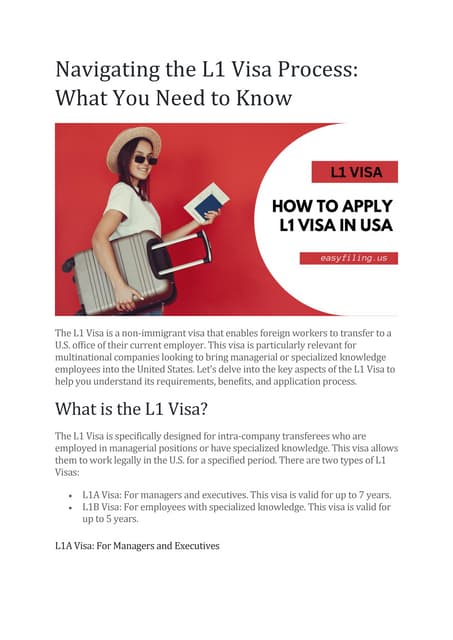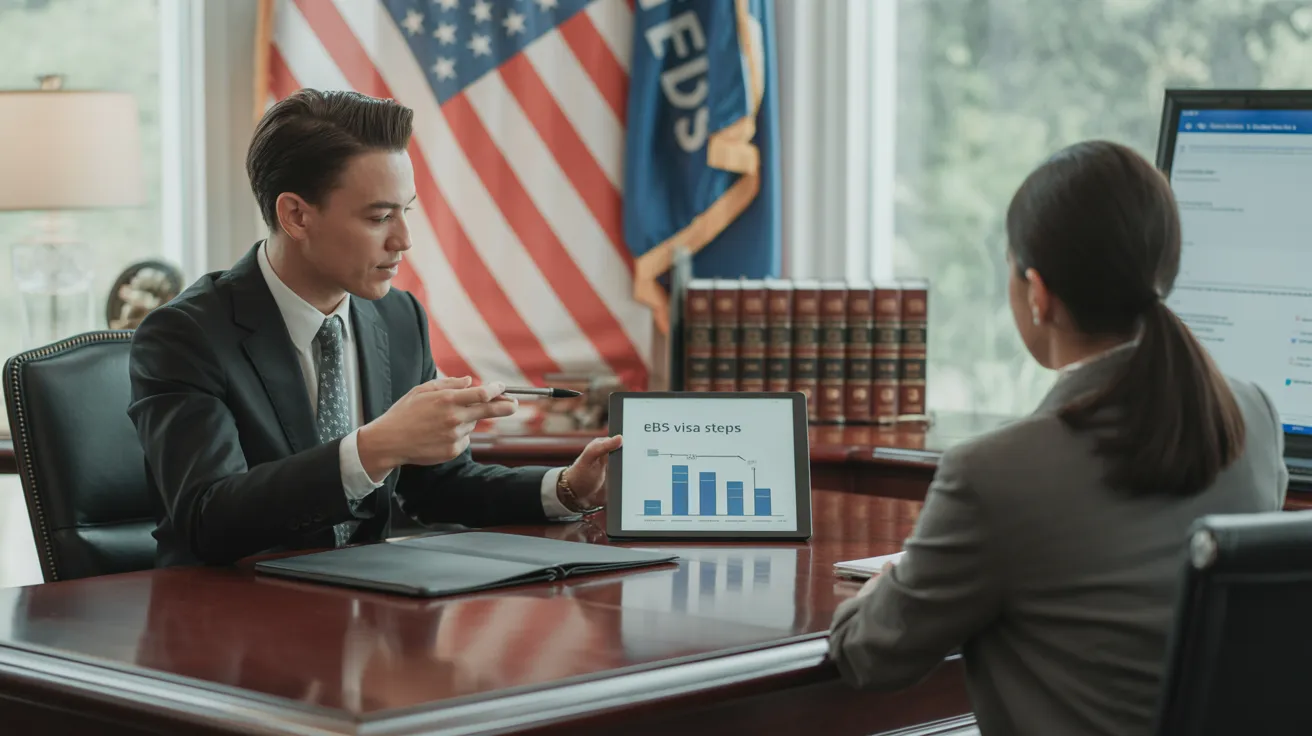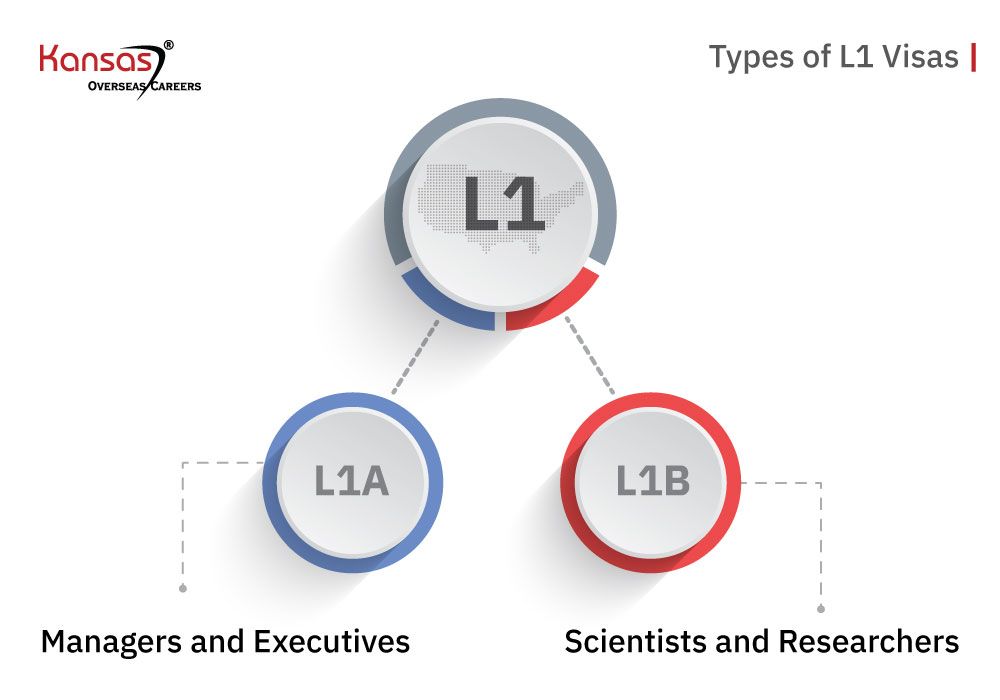Examine This Report about L1 Visa
Table of ContentsL1 Visa Fundamentals ExplainedL1 Visa for BeginnersAbout L1 VisaThe Ultimate Guide To L1 VisaThings about L1 VisaL1 Visa Things To Know Before You Buy
Readily Available from ProQuest Dissertations & Theses International; Social Scientific Research Premium Collection. DHS Office of the Assessor General. Retrieved 2023-03-26.
U.S. Department of State. Obtained 2023-02-08. Tamen, Joan Fleischer (August 10, 2013).
6 Simple Techniques For L1 Visa
In order to be eligible for the L-1 visa, the foreign business abroad where the Recipient was employed and the U.S. company need to have a qualifying connection at the time of the transfer. The various sorts of certifying relationships are: 1. Parent-Subsidiary: The Moms and dad indicates a firm, firm, or other lawful entity which has subsidiaries that it owns and manages."Subsidiary" means a company, company, or various other legal entity of which a parent possesses, directly or indirectly, greater than 50% of the entity, OR has much less than 50% yet has administration control of the entity.
Firm An owns 100% of the shares of Company B.Company A is the Parent and Company B is a subsidiary. There is a qualifying connection in between the 2 firms and Business B must be able to fund the Recipient.
Firm An owns 40% of Company B. The continuing to be 60% is possessed and regulated by Company C, which has no connection to Company A.Since Company A and B do not have a parent-subsidiary partnership, Firm A can not fund the Recipient for L-1.
Firm A has 40% of Company B. The continuing to be 60% is had by Company C, which has no relationship to Business A. Nonetheless, Firm A, by official agreement, controls and full manages Business B.Since Company A possesses less than 50% of Firm B but takes care of and manages the company, there is a certifying parent-subsidiary relationship and Business A can fund the Beneficiary for L-1.
Getting The L1 copyright Work
Company B is included in the United state
How L1 Visa can Save You Time, Stress, and Money.

The L-1 visa is an employment-based visa group developed by Congress in 1970, permitting multinational companies to transfer their managers, execs, or crucial employees to their U.S. procedures. It is frequently referred to as the intracompany transferee visa.

In addition, the recipient needs to have worked in a managerial, executive, or specialized employee placement for one year within the three years preceding the L-1A application in the foreign company. For brand-new workplace applications, foreign work should have been in a supervisory or executive capacity if the beneficiary is pertaining to the United States to work as a supervisor or exec.
Things about L1 Visa

If granted for an U.S. firm functional for more than one year, the preliminary L-1B visa is for approximately three years and can be prolonged for an added two years (L1 Visa). On the other hand, if the united state business is newly developed or has actually been functional for less than one year, the initial L-1B visa is issued for one year, with expansions readily available in two-year increments
The L-1 visa is an employment-based visa classification established by Congress in 1970, L1 Visa law firm enabling international business to move their supervisors, execs, or key workers to their U.S. procedures. It is commonly referred to as the intracompany transferee visa. There are two main sorts of L-1 visas: L-1A and L-1B. These types appropriate for staff members worked with in various positions within a company.
4 Easy Facts About L1 Visa Shown
Furthermore, the beneficiary must have operated in a supervisory, executive, or specialized employee position for contact us one year within the 3 years coming before the L-1A application in the foreign company. For brand-new workplace applications, international employment must have remained in a supervisory or executive capacity if the recipient is pertaining to the United States to function as a supervisor or executive.
for as much as seven years to manage the operations of the U.S. associate as an executive or supervisor. If provided for an U.S. L1 Visa requirements firm that has actually been functional for more than one year, the L-1A visa is originally provided for as much as 3 years and can be extended in two-year increments.
If given for an U.S. company functional for greater than one year, the first L-1B visa is for as much as 3 years and can be prolonged for an additional 2 years. Alternatively, if the U.S. firm is recently developed or has been functional for less than one year, the initial L-1B visa is provided for one year, with expansions offered in two-year increments.